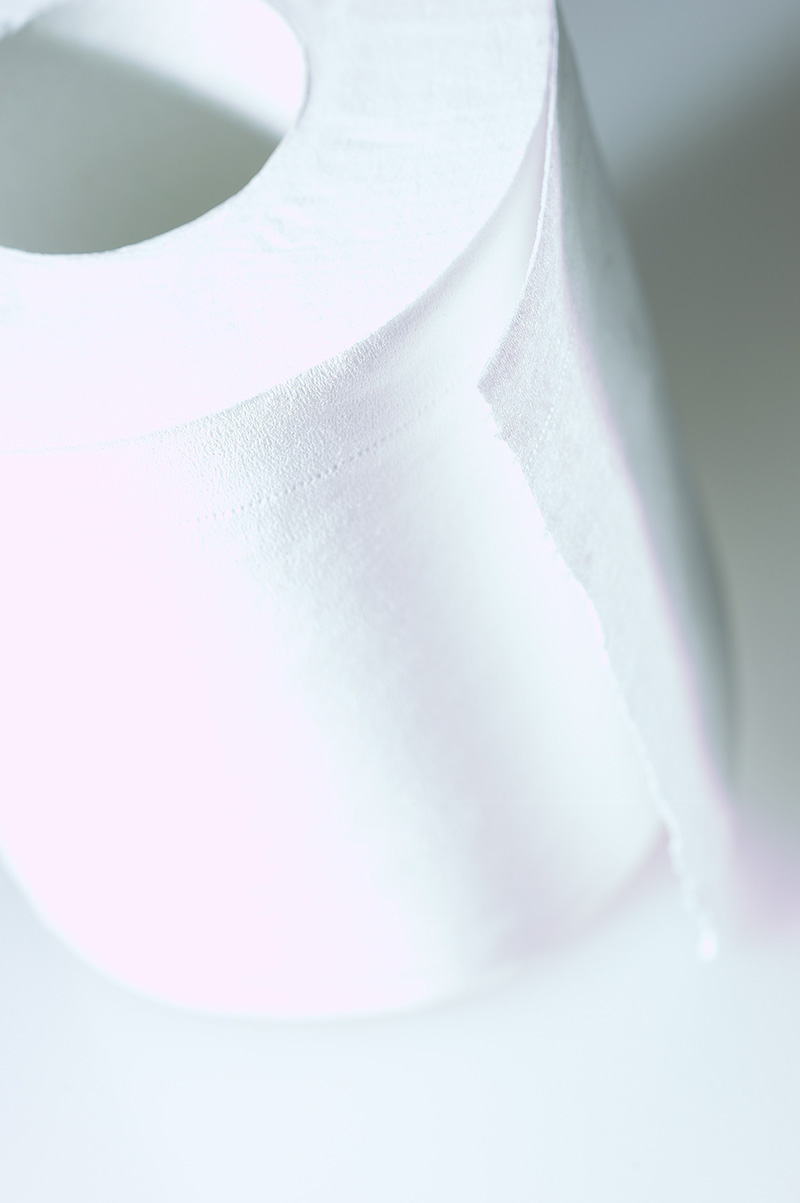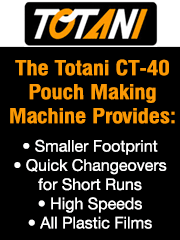What’s Special About Films and Synthetics?
- Published: July 10, 2023
By Susan Stansbury, Industry Consultant
 Companies who process film roll goods know how those materials will behave on their production lines, and they sell the materials’ attributes. Whether known or new variations, it all begins with the film properties and benefits. The latest films and synthetic materials, including laminated substrates and nonwovens, may offer enhanced, or more economical, or cross-over characteristics, including:
Companies who process film roll goods know how those materials will behave on their production lines, and they sell the materials’ attributes. Whether known or new variations, it all begins with the film properties and benefits. The latest films and synthetic materials, including laminated substrates and nonwovens, may offer enhanced, or more economical, or cross-over characteristics, including:
- Higher levels of strength. When this can be achieved without adding to weight or thickness, it’s a winner. A change of fibers, resins, or blends may do well;
- Higher absorbency, or alternatively, better hold out to moisture or other elements. Or, one side with holdout/high barrier properties and the other side having absorbency, such as a dental bib;
- Softness, drape or comfort to hands. Some film packaging has been a “crinkly” failure, while certain of the latest films offer superior “touch;”
- Good protection in packaging or surfaces with scratch resistance. Good protection also enhances the shelf life of contents;
- Aesthetic appearance in film packaging — from printing, to color and embossed/texture appeal;
- Ease of printing is also a factor whether with thin materials or having efficient processing benefits. Top coatings can improve ink adhesion and printable top coatings on films is a factor in multi-color converting;
- Targeted features for certain specialty markets, including healthcare, electronics and transportation;
- Ability to incorporate other elements such as antimicrobials and to combine webs for more performance; and,
- Meeting goals to be sustainable, such as using post-consumer recycled resins. The recycled content packaging segment is said to have a CAGR of 6.5 percent.
According to Allied Market Research: The green packaging market is emergent, and is anticipated to show significant growth in the next few years fueled by the advent of bioplastic, environmental concerns on sustainable development, and enforcement of stringent rules and policies by regulatory authorities. Rise in awareness among consumers for luxury goods toward green packaging techniques that use bioplastics as raw material across various sectors, including personal body care and pharmaceuticals has driven the market growth.
Technical Packaging Systems of Kalamazoo, MI, covers a wide range of representative end use products featuring various films including OPP (oriented polypropylene); polyethylene films; bags and shrink films; and plastic banding. Their production of various films become these products:
- Corner protectors;
- Label stock;
- Polyethylene bags;
- Shrink films for frozen foods; and,
- Tapes and liners.
Dunmore, headquartered in Bristol, PA, focuses on label facestocks, packaging films and laminates for markets including cosmetics and personal care products; over-the-counter pharmaceuticals; eye care and infant care products. As a full-service supplier, Dunmore coats, metalizes and laminates films including PE, PP, PVC and PET. Dunmore has also worked to develop transparent polymer barrier films for photovoltaic conversion of light into electricity applications.
Dunmore touts, “With our coating, metalizing and laminating capabilities, we can develop a unique packaging film solution for your application.” Packaging film options include water and oxygen barrier properties, heat seal, anti-fog, multi-layer film laminates, film and foil laminates.
In the printing industry companies like Legacy Flexo in Green Bay, WI, print films, nonwovens and paper. Knowing how to cut and print everything from thin films and stretchy substrates, to lofty nonwovens requires experience.
Understanding the ways all these myriad films and synthetics will process on various production lines involves handling from slitting-winding all the way through possibilities like die-cutting, printing, converting, folding and packaging. As more and more tailor-made products are developed, each production step has to pass the processing test; and finally, deliver the envisioned properties in the marketplace. Product developers need to dial-in expertise of equipment suppliers and all others in the supply chain.
ABOUT THE AUTHOR
Susan Stansbury is a converting advocate with extensive experience in paper, converting, printing and related industries serving in roles including sales, marketing and product development.









